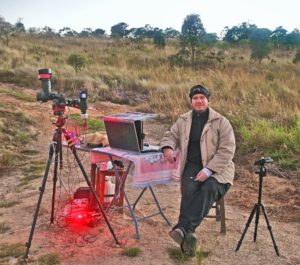
I want to blow some new life into the Interview series. And what better person to start it back off again than with Carlos Fairbairn, this year’s (2016) winner of the Sir Patrick Moore Prize for Best Newcomer in the Insight Astrophotographer of the Year contest held by the Royal Observatory Greenwich. Carlos won with his excellent DSLR image of the Large Magellanic Cloud. Besides deep sky photography Carlos also makes great nightscape images. Carlos’ work is a great showcase of how much can be achieved with a (relatively ;)) simple setup and equipment. Truly inspiring to see his images and I’m sure we all can learn a thing or two from his work. Be sure to check out more of his excellent photography on his Facebook page.
About time to ask Carlos Fairbairn some questions on DSLR astrophotography and get to know him a little better.
What got you interested into astronomy in general and astrophotography in particular? How long ago was this?
Throughout my childhood I had witnessed my father reading a lot about astronomy. My grandfather (mother side) had a lot contact with photographic equipment. He loveded it. So, latter in my life I think both worlds came together, naturally.
I already had a fascination with day photography (landscape, documentary and other kinds). So, within this context, to point a camera towards a night sky was the obvious next step, and the first time I did it, I was hooked in astrophotography!
What do you like/love the most of this hobby?
First of all, for me is amazing to be under a starry night sky. I live in the middle of a big city (Rio de Janeiro). So, getting out from extreme light polluted places is a joy!
I make my images mainly using photographic equipments and a portable – 1 axis – eq. mount. Nothing is automatic. In this scenario, in order to find myself in the skies I must work with the length of my arm, fingers and angles to adjust my next capture. I truly enjoy that part of the workflow.
I really like to process the raw material and find big amounts of data trapped inside of it. It’s amusing to compare single raw files with the final results, processed and edited.
Last but not least, the contact and exchange of information with others astrophotographers is one of the best situations of this hobby!
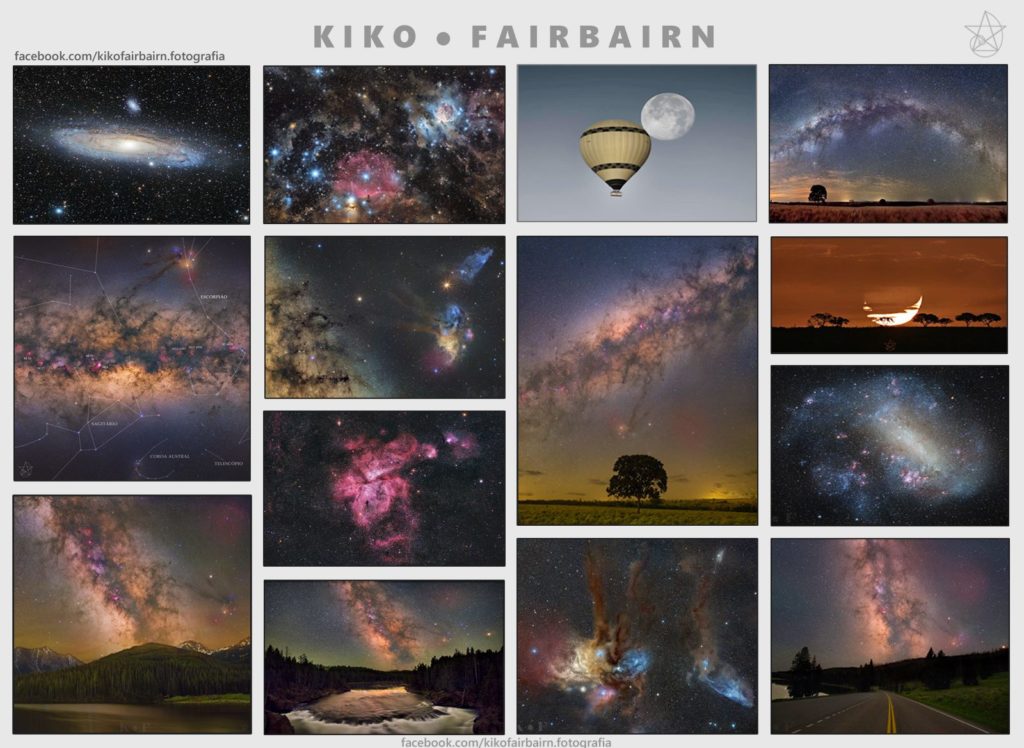
What was your first camera and other gear (scope/lenses) you used for astrophotography
I’m still a big fan of fixed tripod images. A lot can be done here. My first gear was a Nikon D7000, a simple tripod, an intervalometer and two lenses: Nikkor 50mm and a Tokina 11-16mm (very nice lens).
What gear and camera are you using right now?
Nowadays I’m working with a Canon 6D (hydrogen alpha modified), a Star Adventurer portable eq. mount with Orion StarShoot autoguide and few lenses: Canon 200mm f2.8, Canon 135mm f2.0, Rokinon 14mm f2.8 and Canon 50mm f1.4.
With this setup I can have lot’s of fun through making different types of astrophotos. From time lapses and wide angle shots to deep sky objects.
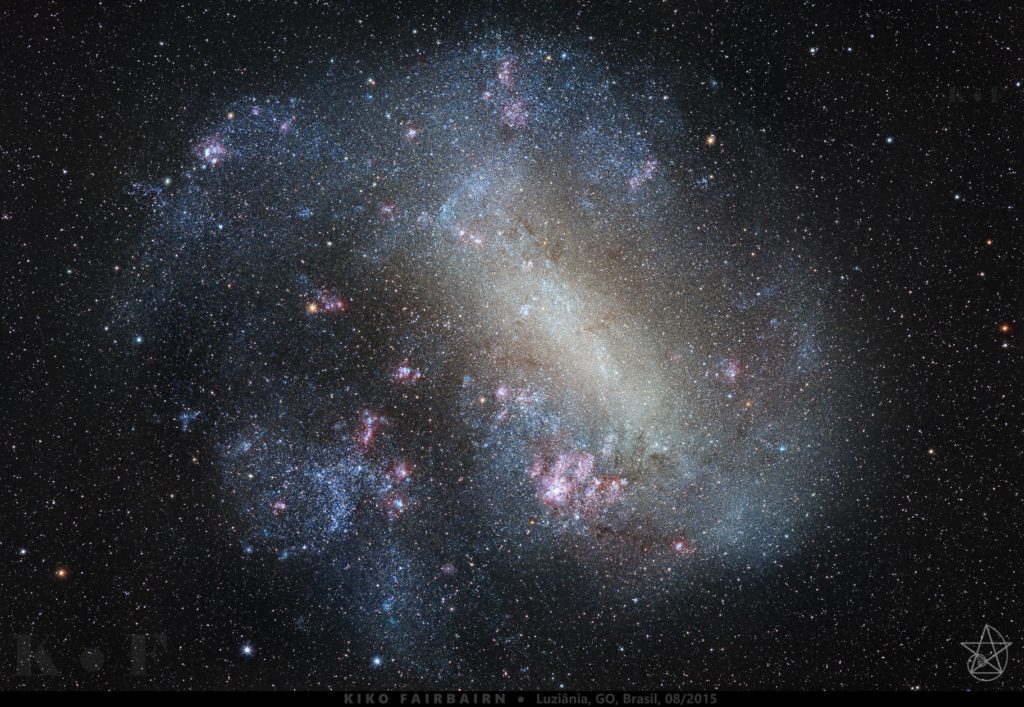
Do you have a specific reason to use a DSLR for astrophotography? If so, which?
Here in Brazil the market for astronomy equipments is very apathetic, unfortunately. High importation taxes and high dollar/euro currency conversion makes really difficult (expensive) to buy those equipments abroad. It’s a burden for Brazilian astrophotographers.
So, to overcame this scenario, my strategy was to learn about the tools of the trade in astrophotography with ‘buyable’ equipment, before reaching for more expensive and hard-to-find gear.
Moreover, DLSR make possible to gather data quickly. My nights are really productive. The interaction and control with lenses is very easy and pleasant. Usually I assemble all gear in less than 20 minutes. Piece of cake!
As I said, my camera (6D) is hydrogen alpha modified. This is not a problem to also make day photography. In my perspective, this versatile characteristic it’s a big advantage.
What is your favourite image you made?
I have two favorite images. (to choose just one image is always a big issue for us photographers! Sorry!)
I took this image during the 9th Brazilian Astrophotography Meeting, in 2016. I really liked the composition between landscape and Milky Way.
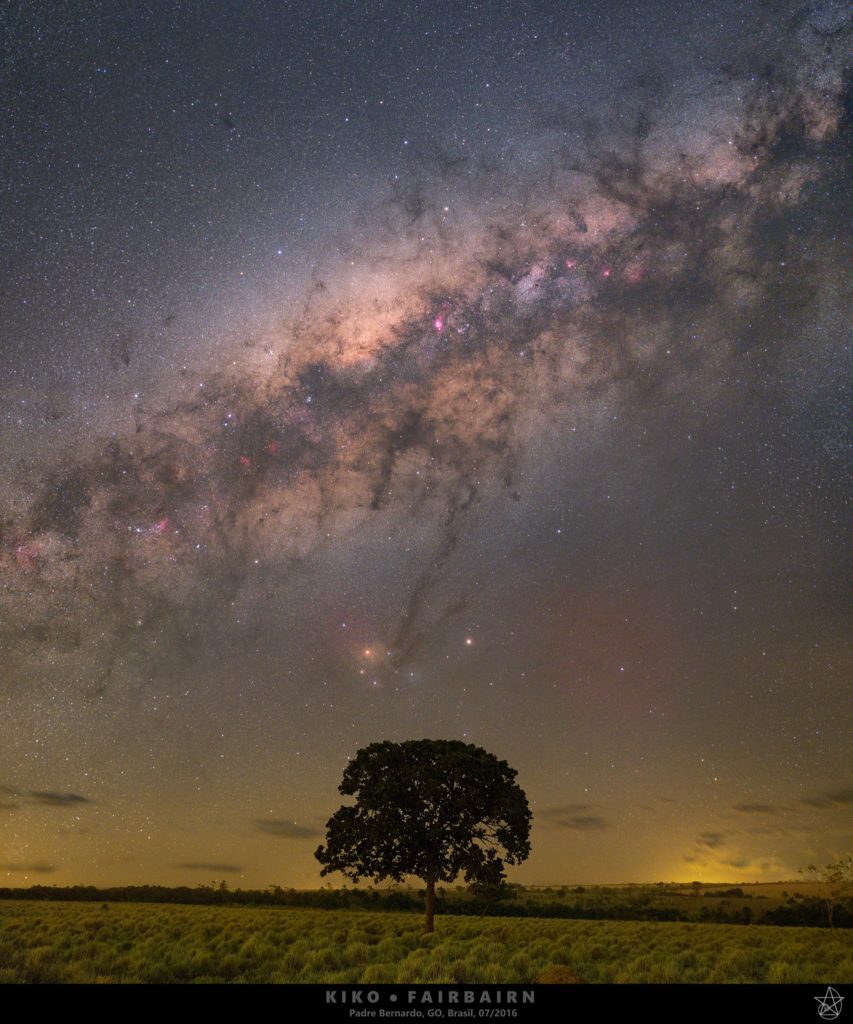
My second choice is this GIF animation, where I managed to capture Pluto position in eight different (sequential) days. I was very impressed to be able to capture this using my portable eq. mount and a 200mm photographic lens.
What is your favorite subject?
I’ve a tendency to capture wide fields since my lenses have perfect FOV for this. Nebulae and galaxies are always on the menu as well.
Nowadays I’m trying to focus on hydrogen alpha rich regions.
What skies are you used to where you do your astrophotography?
Since I live in Rio, I must travel at least 4 hours by car to reach dark skies. In one hand Brazil has a lot of territory under dark places. On the other hand it can be difficult to reach those sites. It is not always common to be served with proper roads in those faraway places. Also, here we have lots of nebulosity in spring and summer months.
I usually go to central Brazil region or National Parks to escape from light pollution. Those are really dark sites.
The biggest responsible to produce better results in the final image is the processing and editing phase itself. So, if you want to improve your final image quality, try to learn more about those two phases before purchasing a newer and bigger hardware.
Which software do you use for processing?
I use Pixinsight for processing and editing. The last 20% – finishing touches- I use Photoshop. I also use Pixinsight to annotate the images.
My advice to Pixinsight learners is to save your functions in a chronology way. Every new function you incorporate in your work flow you can add it to the saved grouped functions.
What is unique about your photo’s, what distinguishes your work from others?
I feel between two worlds. I can do both landscape+sky compositions as also deepsky and widefield images, using the same portable photographic equipment. I don’t know many other astrophotographer in this situation. In this scenario my work output becomes a bit distinguish from the ‘only fixed tripod guys’ and ‘only telescope guys’. I’m in between.
In the last year I’ve also developed some stages in my processing that might deliver some different results from others (not necessarily better, though..).
What are the common pitfalls you see other people doing?
That’s a very good question. Astrophotography can quickly turn into a very complex and expensive hobby. A common mistake is to only chase good final image results through the purchase of piles of equipments and forgetting about the processing and editing phase.
Usually, costs related to software -and learning them- correspond to 10% (or less) from the total gear investment. In a personal opinion, the biggest responsible to produce better results in the final image is the processing and editing phase itself. So, if you want to improve your final image quality try to learn more about those two phases before purchasing a newer and bigger hardware.
Moreover, I see many (day) photographers flirting with astrophotography. And that’s is totally OK and welcome!
Unfortunately there’re few that do not pay attention on learning about the night sky objects. Astrophotography can be a way to kindle the flame of knowledge in astronomy. For instance, if you just do a Milky Way shot without knowing what is behind this magnificent structure you’re missing the best part of this type of photography.
Do you have tips and/or suggestions for our readers?
Try to reach to the maximum output that your current equipment can produce. You probably can do more with the gear you have right now.
Don’t forget that a way of achieving better results is through processing and editing. Many times you can find a good tip or learn new processes for free on the internet. That happened a lot to me!
Study the great astrophotographers and try to reach the level of their results. You may not have the same equipment as them, but it’s possible to use their results as a reference and goal.
To teach the newcomers is one of the best ways to grow our astronomy community. Always try to give proper attention to beginners.
Use astrophotography to expand your own personal universe. As the great Carl Sagan stated in two marvelous sentences: “we’re made of star-stuff” and, by doing astrophotography “we are a way for the universe to know itself”.
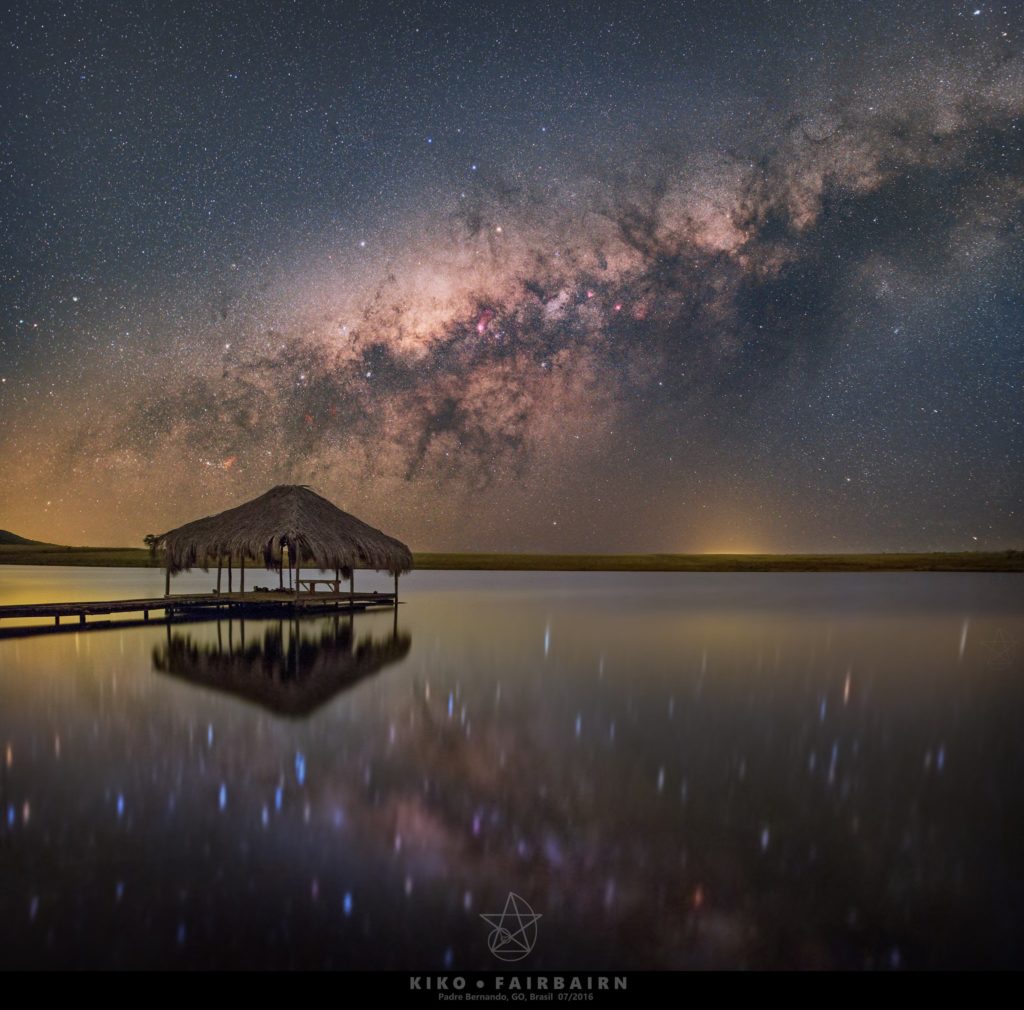


I want to photograph an annular solar eclipse, at maximum, through my 6 inch telescope with the solar filter removed. The rest of the eclipse will be with the filter on. Is that possible without damaging my Canon 80D DSLR camera?